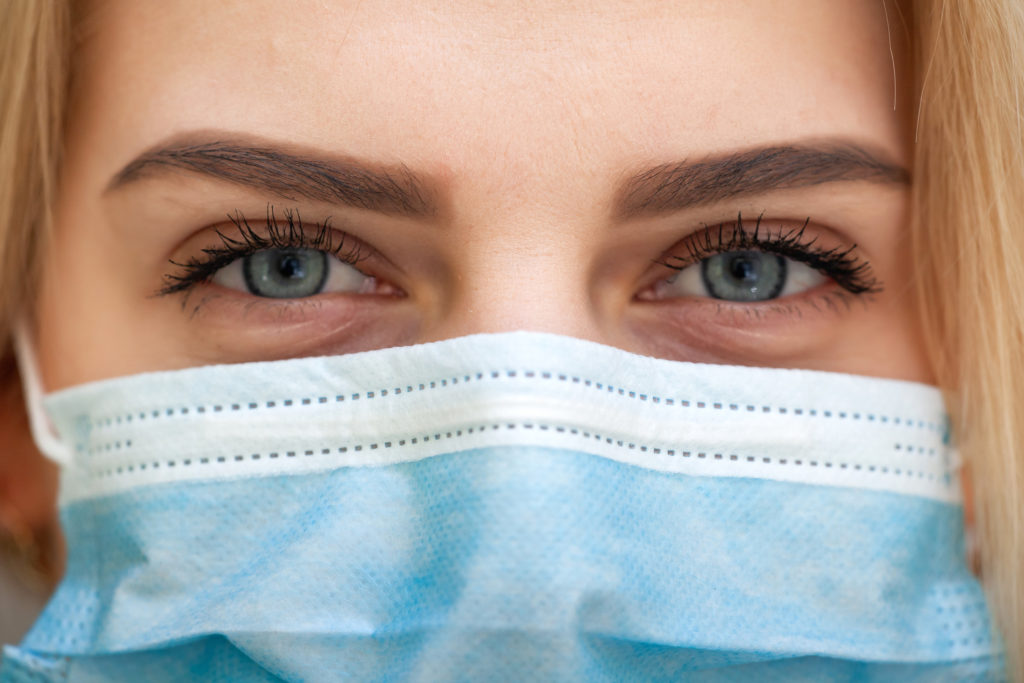Blepharoplasty, also known as eyelid lift surgery, involves correcting sagging skin or droopy eyelids and undereye bags. Upper eyelid surgery involves removal of excess skin and a small amount of fat to upper eyelid. Lower eyelid surgery involves removal of creepy skin and fat to under eyes. These incisions are hidden in natural crease to the upper eye and at the lash line to under eyes. Stitches are placed and removed 1 week following surgery. Most people are back to running errands at 7-10 days and back to social events at 3 weeks. And resuming physical activity at 3 weeks following blepharoplasty.
Blepharoplasty is an excellent way to address deeper problems with the eyelid tissues, including loose, redundant skin and fat displacement. Upper blepharoplasty is designed to remove lax, saggy eyelid skin that can be heavy and sometimes droop over the lash line, restricting peripheral vision. Upper blepharoplasty can also reposition displaced fat and lift the eyelid skin to create wider, more youthful looking eyes.

Lower blepharoplasty is intended to smooth out under-eye bags and puffiness, areas of depression beneath the lower eyelids and excess wrinkles in the lower eyelids. However, the procedure cannot improve the appearance of wrinkles around the corners of the eye, which are known as “crow’s feet.” This is where medical grade chemical peels and neurotoxins like Botox®, Dysport® and Jeuveau® can be tremendously helpful.
Having these procedures performed by themselves or combined can give a more youthful and brighter looking eyes. According to the American Society of Plastic Surgery, blepharoplasty is the 4th most performed procedure in plastic surgery. At your initial consultation, Dr. Robbins and you can discuss if a blepharoplasty (upper and/or lower) are right for you. Check out Dr. Robbins’ amazing eye work at www.robbinsplasticsurgery.com.

